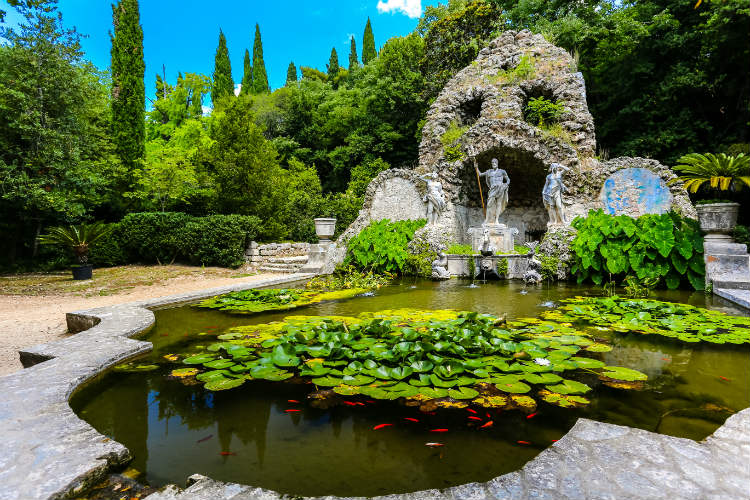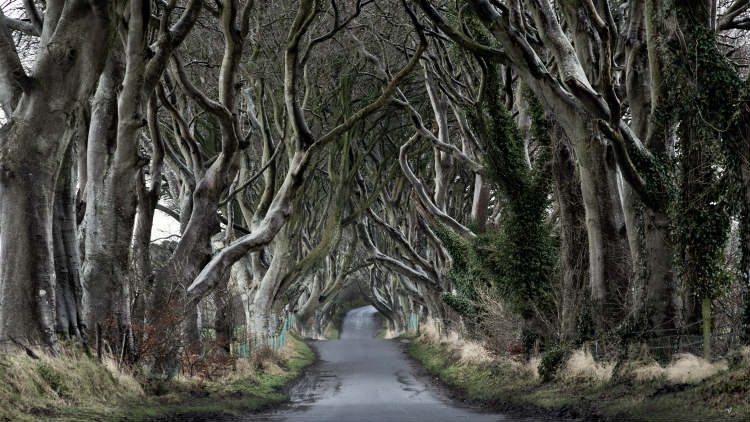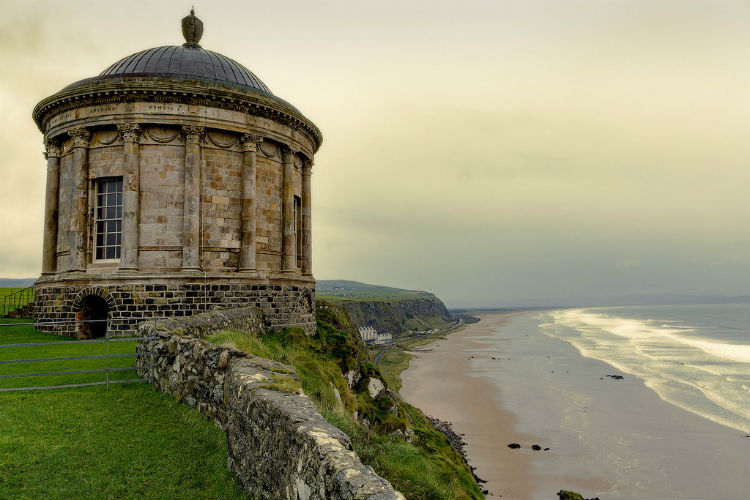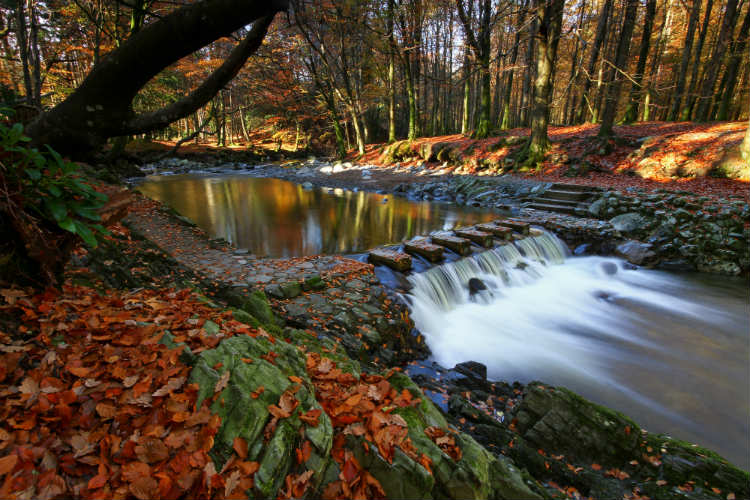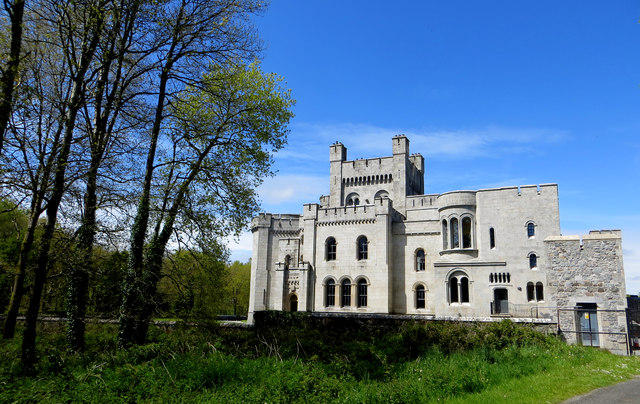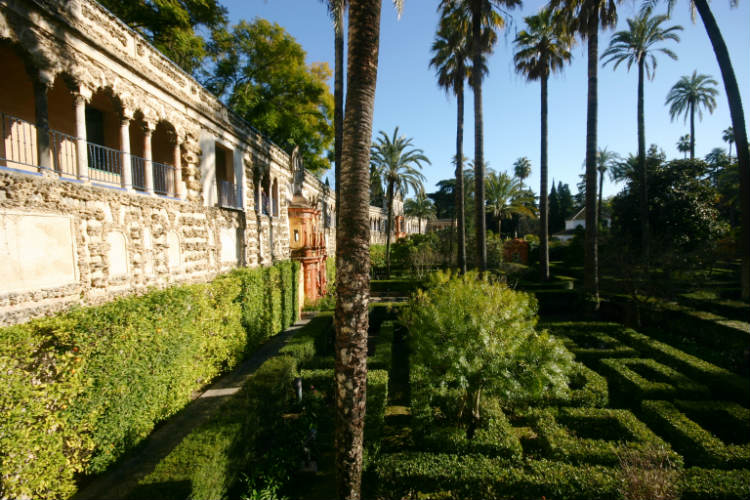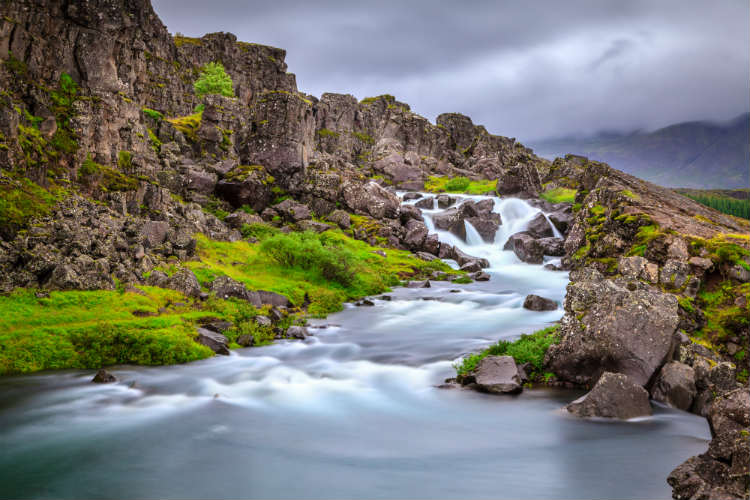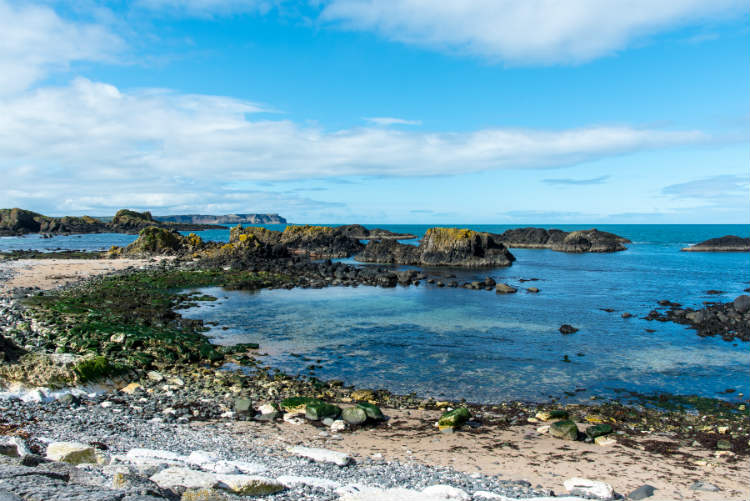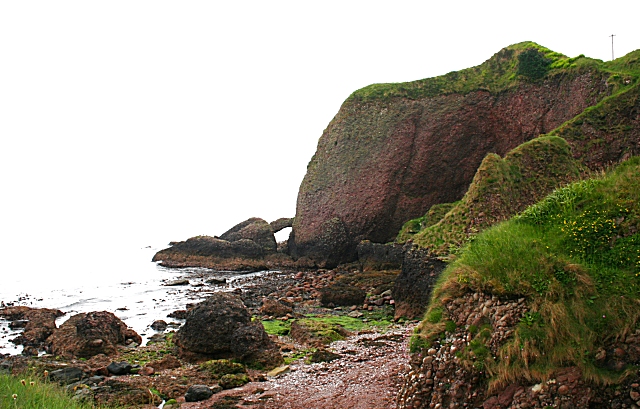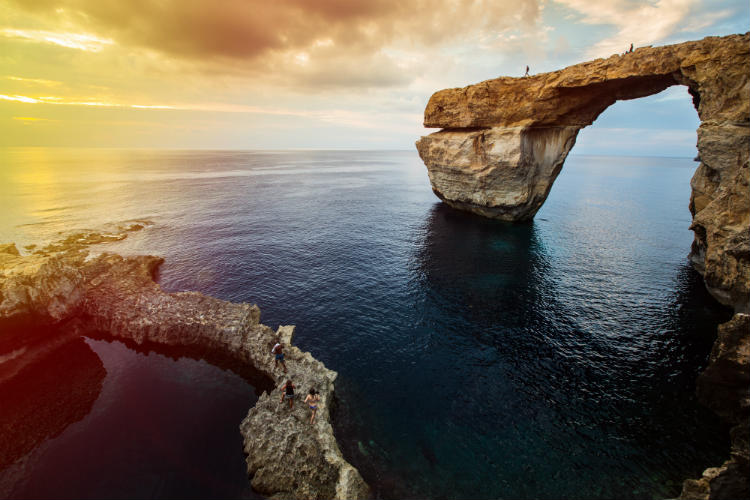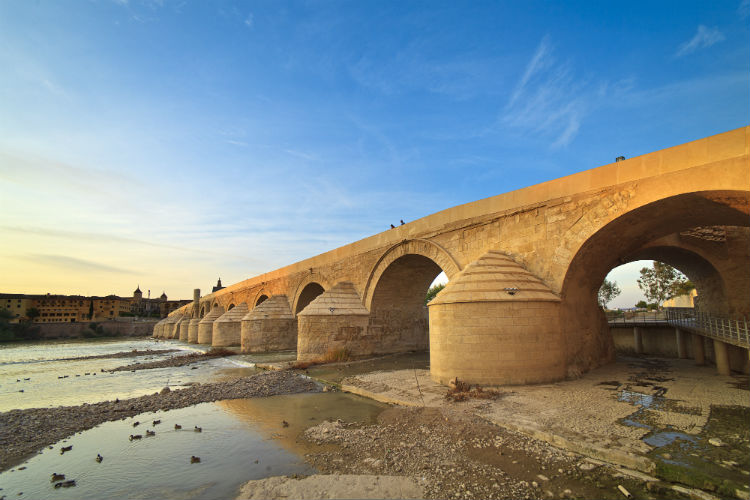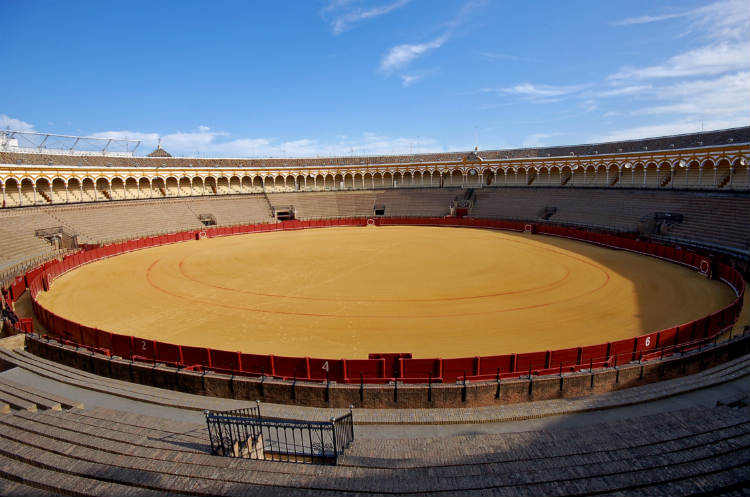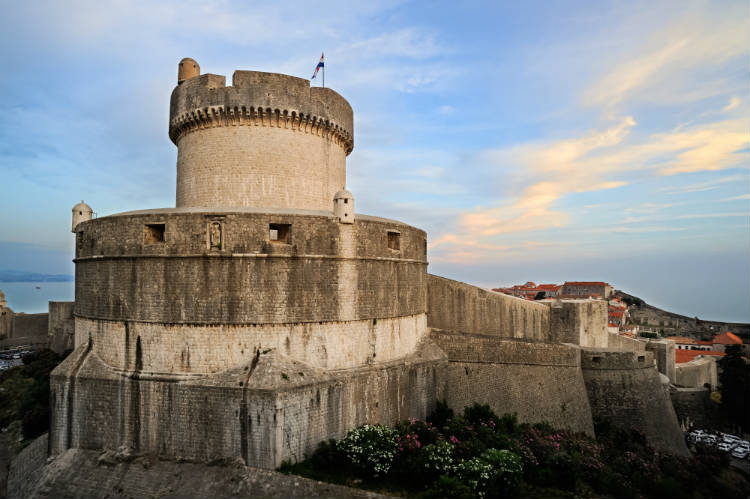If you’re anything like us, for the past ten weeks you’ve been glued to your screens every Monday night anticipating if we’re any closer to knowing who will sit on the Iron Throne (or if R+L=J is true). If you’re definitely anything like us, you’ll also be watching for the stunning locations chosen to bring the Game of Thrones story to life.
As the plot takes the characters across two fictional continents, the real-life locations span the breadth of Europe from the untamed snowy peaks of Iceland through to the deserts of Northern Africa. It would take a super-fan months to tick off all the places used for filming, but we can all try can’t we?
Westeros
Audiences have been taken on a journey right round the fictional continent of Westeros through the six seasons. With most of the story taking place on the fictional continent there’s not many places that haven’t been brought to life on camera. Its landmass is meant to stretch the same length as South America and roughly represent the geography of the Celtic countries, with cooler temperatures of Scotland in the north and warmer climates of Spain and France in the south. As such, filming took place across Europe to accurately bring the regions to the small screen.
King’s Landing and The Crownlands
The real-life location of the capital of Westeros is Dubrovnik, Croatia’s very own capital (though some scenes in Season 1 were filmed in Malta). Looking onto the Adriatic Sea, the towering walls that shelter the city made it the perfect location for King’s Landing. The second you sail into the Dubrovnik Harbour you’ll begin to spot the the landmarks used in the Game of Thrones series. The market scenes from King’s Landing were shot on St. Dominika Street in the heart of the Old City. The gardens where the Purple Wedding takes place between Margaery and Joffrey are the publicly accessible Gradac Park that offers amazing views of the Old Town. The Stradun, the main street of Dubrovnik between Dubrovnik Cathedral and the Sponza Palace, was used for the Walk of Penance in the final episode of Season 5. Ned Stark’s Execution at The Great Sept of Baelor was however filmed at Fort Manoel in Gżira in Malta.
Just outside of Dubrovnik lies Trsteno Arboretum, the location of the Red Keep tranquil gardens. This is where Sansa meets Olenna Tyrell for the first time and where most of the scenes involving the Tyrell’s take place. However, the gardens of the Red Keep where Ned Stark confronts Cersai Lannister about her kids true parentage was in the St. Dominic Monastery in Rabat, Malta. The Maltese town of Vittoriosa takes centre stage as the Fort St. Angelo in the Grand Harbour is used for the dungeons of The Red Keep where Arya is seen chasing cats.
Right after Ned Stark’s execution we witness his daughter Arya flees the capital of Westeros disguised as a boy. The road we see her escaping down with the arching trees is far away from Croatia – she’s actually sneaking off on a road known as The Dark Hedges in Northern Ireland. This road dates back to the 18th century and was planted by the non-fictional Stuart family to impress visitors as they approached their Georgian Mansion.
Away from King’s Landing sits Dragonstone in Blackwater Bay – the ancestral seat of House Targeryn. Much of the Dragonstone scenes were filmed in Northern Ireland, and fans can visit the sites used for major story-arcs. Downhill Strand Beach in County Derry-Londonderry was where Stannis Baratheon and Milsandre burn wooden sculptures of the Seven Gods; the beach is overlooked by the Mussenden Temple which will be startlingly familiar to fans who followed the one-true-king’s journey.
The North and Winterfell
Moving up to the north of Westeros, fans need to brace themselves for cooler climates. Filming for scenes in Winterfell – which was loosely based on Northern England – primarily takes place in Northern Ireland. Castle Ward found near the village of Strangford, in County Down was used as the courtyard of Winterfell where we witness the Stark children playing for much of Season 1 and where Sansa is seen reminiscing in Season 6. The surrounding fields were also used as a filming location for both the Stark Army Camp and the Lannister Army Camp. Really keen fans will also know that the producers originally chose Doune Castle in Central Scotland as the House of Stark. This castle was used in the pilot episode, but was never seen on screen during the aired TV series.
The surrounding areas of Winterfell can also be found in Northern Ireland. Tollymore Forest Park stands in for the Forests of the North and is where the Starks discover the dire wolf pups that they take home with them (and is also where Samwell Tarly later kills a White Walker). The Mourne Mountains in County Down also step in to bring Northern Westeros to life – the Leitrim Lodge at the foothills of the Mournes is where Bran first meets Jojen and Meera in the woods.
It’s not just the Starks who occupy the north – the Bolton’s are also seen bracing the harsher winters. The seat of House Bolton, the Dreadfort that was first seen at the start of Season 4, is actually Myra Castle in Strangford. This medieval castle is located just west of Castle Ward where real-life Winterfell is located.
Wildlings also cross the border onto the south side of The Wall to explore The North. The scenes in Season 3 after Jon Snow, Ygritte and Tormund cross over into Westeros and are seen walking through a wooded area, took place near the town of Toome in County Antrim, Northern Ireland.
The Riverlands
Riverrun is an unforgiving place, where much-loved members of the Stark family met their brutal end. Any fans wanting to tentatively venture into this territory can do so in Northern Ireland. For Season 6 producers headed to Corbet Village (3 miles east of Banbridge) and built a fully realised exterior set for Riverrun Castle, which had been limited to indoor scenes in previous seasons.
Back to Season 3 when Riverrun was first introduced, Gosford Castle could be seen in a few exterior shots, such as when Robb Stark executes Rickard Karstark in “Kissed by Fire”. For Hoster Tully’s funeral, film-makers headed down to the River Quoile in County Down to create the backdrop for The Riverrun Dock. Tollymore Forest Park which producers used for the Forests of the North also stand in for scenes where characters are “in the woods near Riverrun”.
Dorne
The southernmost region of Westeros, Dorne was based on medieval Spain and it was only fitting the producers chose Seville in Spain as the backdrop. The beautiful Water Gardens of House Martell in the capital Sunspear were filmed in the equally-tranquil royal palace, Alcázar of Seville. Moving out of the capital of Dorne and into the Red Mountains, the Tower of Joy is actually the Castllo de Zafra in Guadalajara, rural Spain.
Some of the Dorne scenes were filmed outside of Mediterranean climates. The scene where Jaime and Bronn, disguised as Martell soldiers, approach the gates of Water Gardens where they fight some Dornish men were filmed on the scenic Portstewart Strand in western Northern Ireland.
Vale of Arryn
Many of the areas surrounding the well-sheltered Eeryie in mid-Westeros were filmed in the Icelandic summer. Thingvellir National Park in the south of Iceland was the backdrop for much of the journey Arya and the Hound took when he was trying to reach the young Stark’s aunt in the Vale of Arryn.
The picturesque Glenariff and its surrounding waterfalls can be seen in the background of the practice ground at Runestone where Littlefinger and Sansa Stark witness Robin Arryn’s attempt at duelling.
The Iron Islands
Not far from the famous Giant’s Causeway in Northern Ireland lies the capital of the Iron Islands. The seaside village of Ballintoy in County Antrim is where the scenes for the village of Pyke were filmed. Ballintoy Harbour was also used as the backdrop for Lordsport.
The Stormlands
In the fictional world, The Stormlands on the south-east coast and the Iron Islands off the western coast, would struggle to further from each other. The real-life locations are, however, a 20 minute drive apart. Stepping in for the backdrop is a former quarry in Larrybane on the coast of Northern Ireland. The coastal cliffs were first seen in the scene where Brienne of Tarth convinces Renly Baratheon and Margaery Tyrell to recruit her to their Kings Guard. The Carrick-a-Rede cliffs not far away was also the backdrop for Renly Baratheon’s army camp in Season 2.
For viewers who don’t spook easily, the caves where Melisandre gives birth to The Shadow Baby can be found driving east along the coast. Named the Cushendun Caves, when you step into the rustic hollows you’ll see why the producers chose this location for the dramatic scene.
The Night’s Watch and Beyond the Wall
Head to the northern plains of Westeros and discover Castle Black, the headquarter’s of the Night’s Watch aka the Magheramorne Quarry in County Antrim, Northern Ireland. Crossing over to beyond the wall to Wildlings territory, you’ll step in a world of Icelandic snowcaps. While the producers created an artificial snowy landscape with fake snow in Season 1, they decided to re-locate filming to Iceland to bring the frosty landscape beyond the wall to the small screen.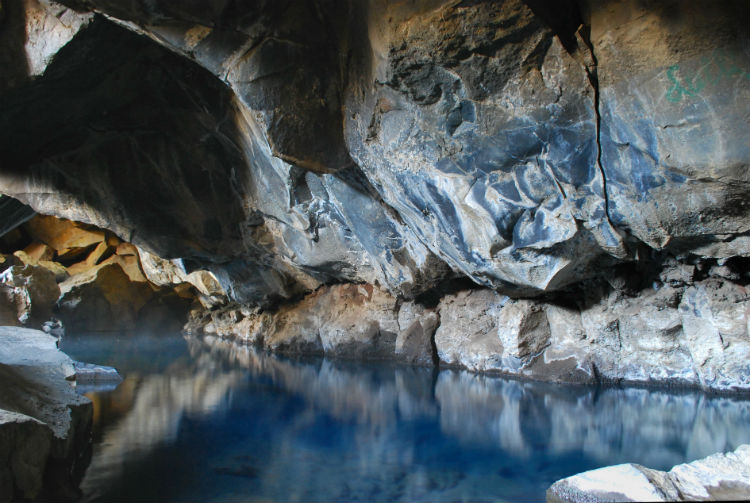
Up in the north of Iceland, producers chose the scenery of Lake Myvatn as the backdrop for Season 3 when Mance Raydar sets up camp with his Wildling army. The nearby cave of Grjotagja will also be familiar to fans of the romance between Ygritte and John Snow, where the quote “You Know Nothing Jon Snow” is muttered. The film crew also made sure to include shots of Vatnajokull, Europe’s largest glacier.
In the south of Iceland, fans can pretend they’re Jon Snow in the treacherous mountains north-west of the wall. The Frostfang Mountains scenes were filmed in the Höfðabrekka area of Iceland, a two and a half hour drive from Reykjavik.
Essos
We’ve seen a lot of the continent across the Narrow Sea during the last six seasons. Daenerys has finished her journey across Essos and now has her sights set towards Westeros to claim the Iron Throne for herself. Her journey has taken viewers on a tour around the Mediterranean as Malta, Croatia, Spain and Morocco have all stood in as locations needed for the warmer climates of Essos.
The Free Cities
At the start of Season 1 we meet Daenerys Targaryen and her brother, Viserys , in the Free City of Pentos on the western coast of Essos. If the Port of Pentos looks familiar it might be because you’ve seen it in Gladiator or because you’ve been on holiday to Morocco and stopped by Ouarzazate. The stunning fortified city of Aït Benhaddou can also be seen in the early shots in Season 1 of Pentos. The island of Malta was also used as a backdrop for Pentos. The stunning Azure Window, a rock formation off the coast of Gozo in Malta, is seen in the background of the wedding feast of Daenerys and Drogo.
It however isn’t just Daenerys who has been travelling through the the Free Cities. We also see the continent of Essos through the eyes of Arya Stark – the town of Kastel Gomilica in Croatia is the real-life location where the young Stark was seen selling oysters from a hand cart. At the start of Season 6, the bridge where we witness Arya fight The Waif took place outside the Sant Pere de Galligants in Girona, Spain.
We also visit the Free City of Volantis after Tyrion and Varys flee Westeros and wander round the markets on the Long Bridge of Volantis – a real life Roman bridge in Cordoba in Andalusia. The nearby Summer Sea was however filmed in Northern Ireland – specifically Lough Neagh. This is where Jorah Mormont steals a boat, takes Tyrion captive and sets sail to his beloved Daenerys in Meereen.
Dragon’s Bay
For a while we’ve seen Daenerys resting in the city of Meereen in Slaver’s Bay, as it was once known. This was where one of Game of Thrones most heart-pounding, and most expensive, scenes takes place. The scene where Denearys is attacked by the Sons of the Harpy in the Daznak’s Pit was filmed in the Plaza de toros de Osuna in Seville – a historic bullring located in the city’s centre. Other areas of Slaver’s Bay seen in Season 6 were on the Mediterranean coast of Spain near Peñiscola.
The producers did however film some of these scenes away from the Mediterranean climate. Murlough Bay in County Antrim was used extensively throughout the six season, including the scene where Jorah and Tyrion arrive in Slaver’s Bay only to be taken hostage.
The rest of Essos
In Qarth, Daenerys has to venture into the House of the Undying to retrieve her dragons. For any fans who wish to wander the tower and re-create the scene, they can do so at the Minceta Tower in Dubrovnik. Lokrum Island is where the garden party in Season 2 takes place where Daenerys mingles with the elite trying to blag herself some ships.
To bring the vast Dothraki Sea to life producers required desert climates but also lush greenery. In Season 6, the deserts seen in the Dorathki scenes when Daenerys is captured are the Tabernas Desert in Almería, Spain. By contrast the Mourne Mountains in County Down, Northern Ireland were the dramatic slopes seen at the entrance to Vaes Dothrak. The Glens of Antrim and Ballymoney are also both seen in the background while filming the Dothraki Sea scenes.

